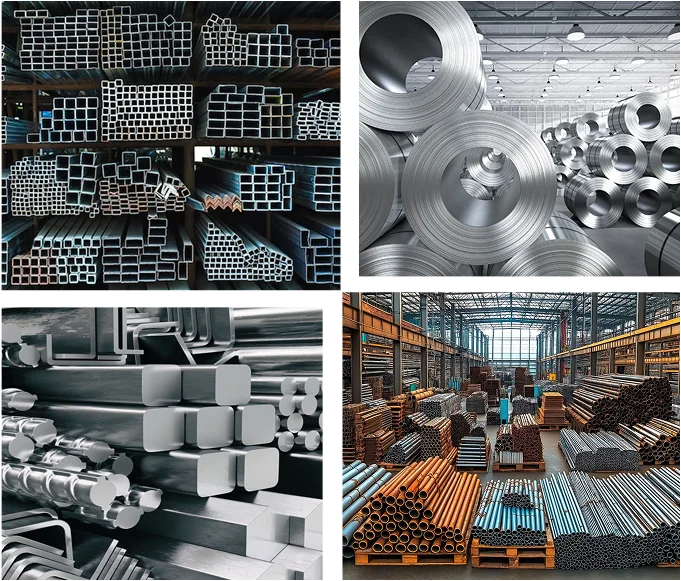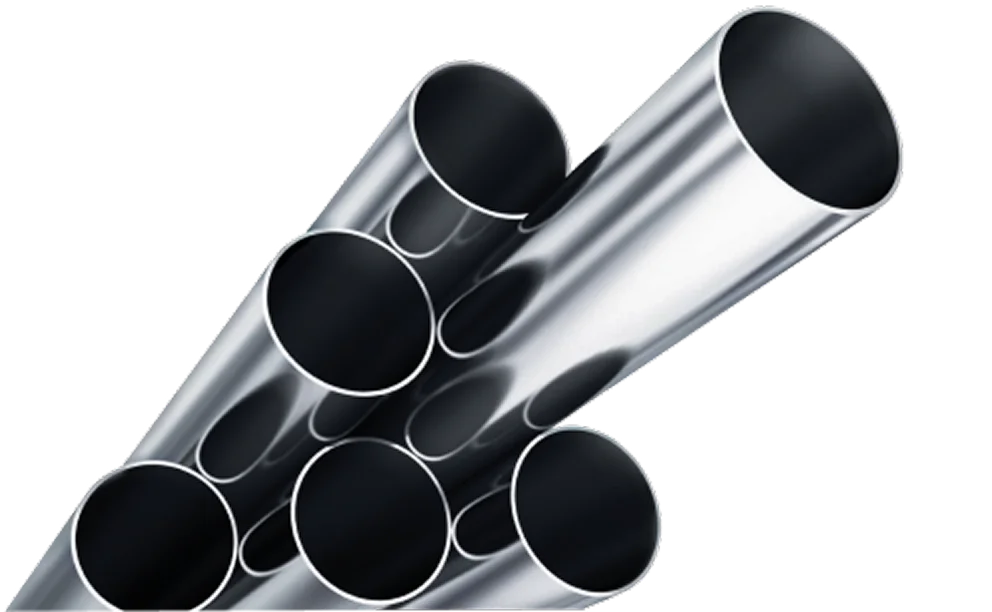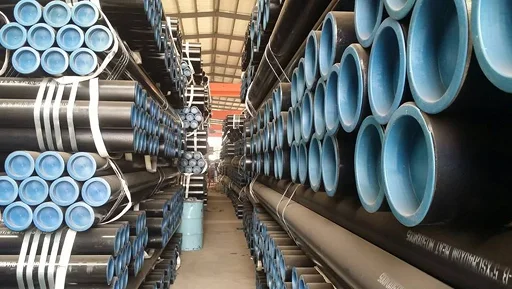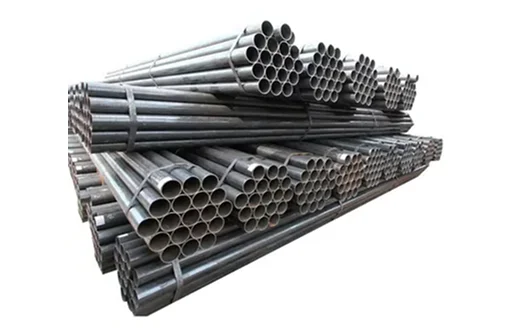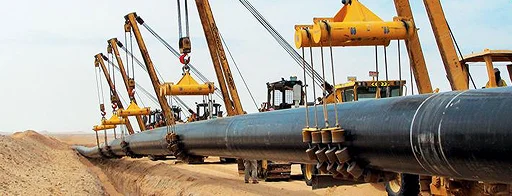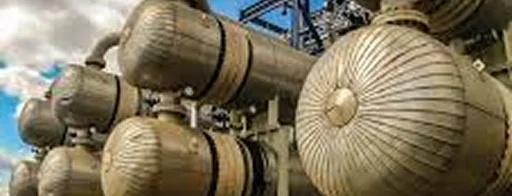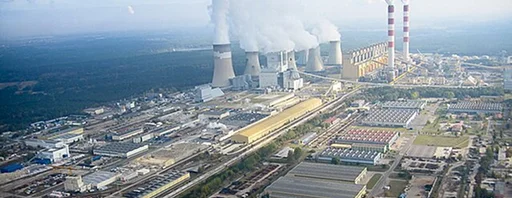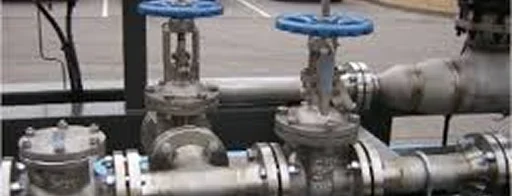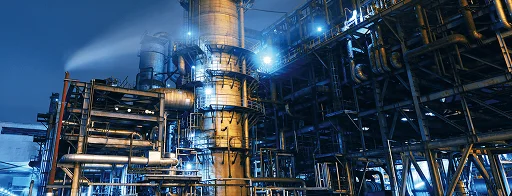USA Piping Solution is a well-regarded national source for SAE J525 Welded Hydraulic Tubing. This specific type of tubing answers the call for dependable, formable lines in hydraulic systems. Crafted to meet the precise SAE J525 standard, it involves electric resistance welding of low-carbon steel, followed by critical cold working and annealing steps. We keep substantial quantities ready in inventory across the United States, prepared for immediate dispatch. When your fluid power applications demand certified SAE J525 Welded Hydraulic Tubing you can rely on, combined with knowledgeable support, USA Piping Solution is ready to assist.
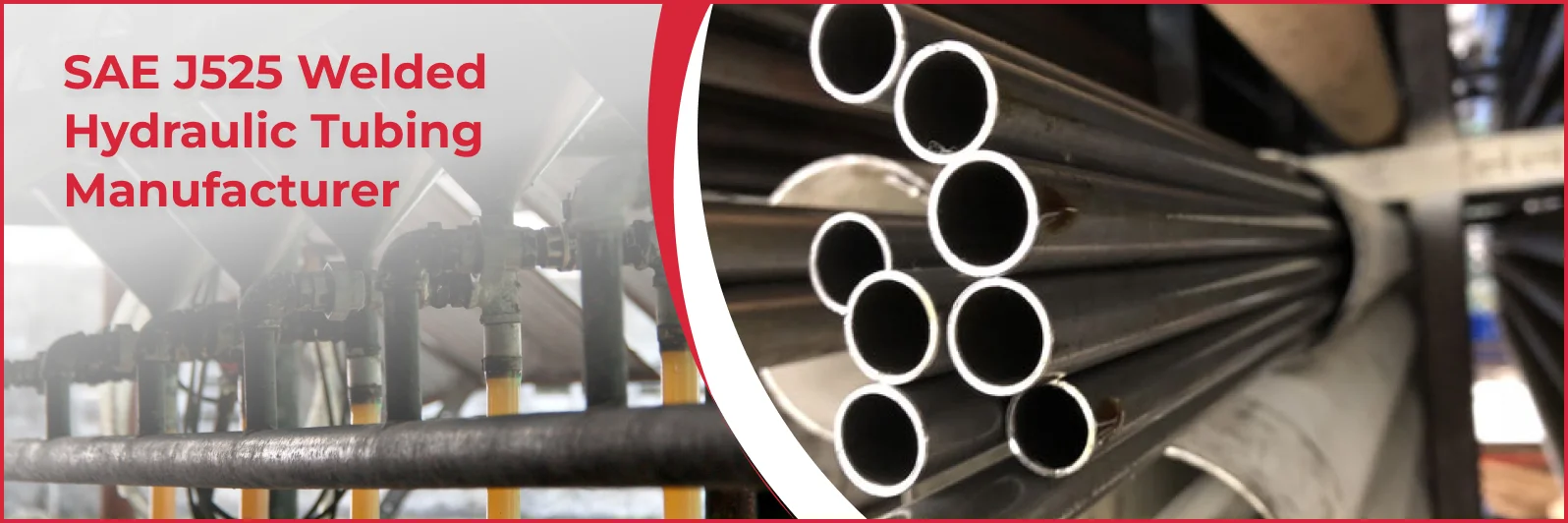
What is SAE J525 Welded Hydraulic Tubing?
The term SAE J525 Welded Hydraulic Tubing signifies a particular class of steel tubing produced according to the Society of Automotive Engineers J525 standard. At its heart, this standard lays out the requirements for single-wall, low-carbon steel tubing manufactured using electric resistance welding (ERW). What truly sets it apart, however, are the mandatory post-welding steps: cold working and a final annealing process. This entire sequence is designed to produce tubing perfectly suited for hydraulic lines – applications where the ability to be easily flared and bent without failure is absolutely essential for creating leak-proof connections.
The journey starts with flat-rolled steel, which is shaped and welded. Afterward, it's normalized, then cold drawn – a process that refines dimensions and increases strength. The final, crucial anneal restores the high level of ductility needed. This careful production path ensures that J525 tubing possesses a unique combination of dimensional accuracy, surface cleanliness (inside and out), adequate pressure strength, and exceptional formability.
You'll choose J525 Hydraulic Tubing over more generic tubing options when the integrity of bends and flares is paramount for system reliability. It's a mainstay material for fluid power circuits demanding both durability and ease of assembly. This Welded Low Carbon Steel Tubing consistently meets the specific needs of hydraulic system fabricators.
.png)
SAE J525 Tubing Specifications
For hydraulic systems to function safely and effectively, the tubing used must precisely match the established standards. USA Piping Solution provides SAE J525 Welded Hydraulic Tubing manufactured to meet these rigorous technical parameters.
Key Technical Details
| Category | Details |
|---|---|
| Governing Standard | SAE J525 (Welded and Cold Drawn Low Carbon Steel Tubing Annealed for Bending and Flaring). Related standards like NFPA T3.15.67.1 might also be referenced. |
| Base Material | Low Carbon Steel, typically within the 1006 to 1018 grade range. |
| Production Route | Begins with Electric Resistance Welding (ERW), followed by normalizing heat treatment, a significant cold working (drawing) step, and a final annealing stage. |
| Size Range (Outside Diameter - OD) | Commonly stocked in sizes from 1/4 inch (0.250") OD up to 2 inches OD. |
| Wall Thickness Options | Offered in various wall thicknesses appropriate for hydraulic pressure levels, generally ranging from about 0.028" up to 0.120" or slightly more in larger diameters. |
| Typical Form | Supplied primarily as Round tubing. |
| End Condition | Standard supply is with Plain Ends (PE), cut square, suitable for flaring tools, brazing, or use with appropriate compression fittings. |
| Standard Lengths | Frequently stocked in 20-foot nominal lengths; custom cut-to-length pieces are readily available. |
| Dimensional Tolerances (Defined by SAE J525) |
OD/ID: Held to relatively tight tolerances (e.g., +/-0.002" to
+/-0.004" on OD depending on size) to ensure compatibility with standard fittings. Wall Thickness: When OD and nominal wall are specified, wall thickness variation is typically controlled to within +/- 10%. Straightness: Conforms to standard straightness requirements for quality tubing. |
| Surface Quality | A key feature is the bright, clean finish on both the outside and inside surfaces, important for minimizing contamination in hydraulic systems. |
Chemical Composition and Mechanical Properties
The excellent performance of SAE J525 Welded Hydraulic Tubing, particularly its superb formability, stems directly from its tightly controlled low-carbon steel chemistry and the specific mechanical properties achieved through the cold work and anneal process.
Chemical Requirements (% by Weight)
The composition is kept simple and clean to maximize ductility and ensure good results during fabrication.
|
Element |
Limit (%) |
Influence on Properties |
|---|---|---|
|
Carbon (C) |
0.18 maximum |
Low carbon content is key to achieving high ductility for bending/flaring. |
|
Manganese (Mn) |
0.30 – 0.60 |
Provides necessary strength and aids in steel processing. |
|
Phosphorus (P) |
0.040 maximum |
Controlled impurity to prevent potential embrittlement. |
|
Sulfur (S) |
0.050 maximum |
Limited to ensure weld integrity and maintain formability. |
These compositional limits are fundamental to the material's intended function.
Expected Mechanical Properties
The final annealing step after cold working yields tubing that is not exceptionally strong, but possesses the critical softness and ductility required for hydraulic lines.
|
Property |
Typical Value Range (SAE J525) |
Why It Matters for Hydraulic Tubing |
|---|---|---|
|
Tensile Strength |
45,000 psi (310 MPa) min |
Indicates overall strength to handle pressure without bursting. |
|
Yield Strength |
25,000 psi (172 MPa) min |
Shows the point where permanent bending starts. |
|
Elongation |
35% min (in 2")* |
Very Important: High value confirms excellent ability to stretch for flares. |
|
Hardness (Rockwell B) |
65 HRB max |
Very Important: Ensures the tube is soft enough to be easily flared/bent. |
The standard allows for a slightly lower minimum (30%) for very small diameters or thin walls.
Verification through Performance Testing (SAE J525
Mandates):
To ensure the tubing behaves as expected during
assembly, several performance tests are required:
- Flattening Test: A sample is crushed flat to check for cracks, especially testing the weld integrity.
- Reverse Flattening Test: A split sample is flattened outward, further scrutinizing the weld zone for hidden defects.
- Expansion (Flare) Test: A crucial test where the tube end is flared significantly (25% expansion) over a tool without any splitting, directly proving its suitability for hydraulic connections.
- Pressure Test: Every piece must pass either a hydrostatic test or an equivalent non-destructive electrical test to guarantee it can hold pressure without leaking.
Passing these tests confirms that J525 Pressure Tubing is ready for the demands of hydraulic system fabrication and service.
The Manufacturing Journey of SAE J525 Tubing
How does SAE J525 Welded Hydraulic Tubing achieve its specific blend of characteristics? It follows a well-defined production path:
- Strip Feed: High-quality low-carbon steel, rolled flat to precise thickness and width, begins the process.
- Roll Forming: The flat strip travels through a series of contoured rollers that gradually shape it into a round, open-seam tube.
- Electric Resistance Welding (ERW): High-frequency electrical current heats the abutting edges of the formed strip to forging temperatures. Pressure rollers then fuse the edges together, creating a solid-state weld without filler metal. Excess weld material (flash) is typically trimmed off.
- Post-Weld Normalizing: The continuous welded tube passes through a furnace for normalizing. This heat treatment refines the grain structure across the tube, including the weld zone, improving overall consistency.
- Cold Drawing: After cooling from normalizing, the tube is pulled through a sizing die (and sometimes over an internal mandrel). This cold working step is vital: it improves dimensional accuracy (OD/ID/wall), creates a smoother surface, and increases the steel's strength through work hardening. J525 mandates specific minimum reductions in area during this stage.
- Final Annealing: This is arguably the most critical step for hydraulic tubing. The cold-drawn tube is heated again in a controlled atmosphere furnace to a specific temperature (annealing). This softens the work-hardened steel, restoring the high level of ductility needed for flaring and bending, while relieving internal stresses.
- Finishing & Verification: Final steps include straightening the annealed tubing, cutting it to desired lengths, performing thorough visual and dimensional checks, and conducting the mandatory J525 performance tests (flattening, flare, pressure/NDE).
This carefully orchestrated sequence ensures the final tubing product embodies the cleanliness, dimensional precision, pressure integrity, and crucial formability that define SAE J525.
Key Advantages and Characteristics
Utilizing SAE J525 Welded Hydraulic Tubing brings several practical benefits to fluid power system design and assembly:
Primary Benefits:
- Superior Formability: Its hallmark characteristic. The low carbon content and annealed state provide outstanding ductility, making complex bends and reliable flares achievable without fracture. This is essential for routing lines and ensuring leak-tight fitting connections.
- Clean Surfaces: The production process yields tubing with notably clean and smooth inside and outside surfaces. This internal cleanliness helps protect sensitive hydraulic components from contamination.
- Consistent Dimensions: Cold drawing ensures tight control over OD, ID, and wall thickness, facilitating predictable fit-up with standard hydraulic fittings (like JIC 37° flare or compression types).
- Reliable Pressure Handling: While formability is key, the tubing is engineered and tested to safely handle the pressures typically encountered in standard hydraulic systems for its given size and wall thickness.
- Economic Value: Generally, the ERW and drawing process for J525 offers a cost advantage compared to producing similar quality seamless hydraulic tubing (SAE J524), making it suitable for a wide range of applications.
- Ease of Joining: The material is readily brazed or welded if necessary, although mechanical connections (flares, compression fittings) are the most common assembly methods.
Points to Note:
- Weld Seam: As an ERW product, it possesses a longitudinal weld seam. Modern manufacturing techniques and rigorous testing ensure high weld integrity, suitable for the vast majority of hydraulic applications specified for J525.
In summary, SAE J525 tubing represents an optimized solution delivering the necessary combination of formability, cleanliness, precision, and pressure capability required for dependable hydraulic line construction.
Common Applications and Industrial Use
The well-defined properties of SAE J525 Welded Hydraulic Tubing lead to its widespread adoption anywhere fluid power is used to transfer energy or control motion:
- Mobile Heavy Equipment: Forms the intricate network of hydraulic lines controlling functions on construction machinery (excavators, loaders, cranes), agricultural vehicles (tractors, harvesters), and forestry equipment.
- Agricultural Implements: Used extensively for hydraulic controls on various farm implements like plows, cultivators, balers, and sprayers.
- Automotive Systems: Found in power steering systems, hydraulic clutch lines, transmission oil cooler lines, and certain fuel line applications in trucks, buses, and off-highway vehicles.
- Industrial Automation & Machinery: Provides the fluid pathways for hydraulic circuits powering machine tools, presses, robotic arms, injection molding machines, and other automated factory equipment.
- Material Handling: Essential for the hydraulic lift and control systems in forklifts, scissor lifts, aerial work platforms, and dock levelers.
- Aerospace Ground Support: Utilized in the hydraulic systems of equipment used for aircraft maintenance and ground operations.
- General Industrial Hydraulics: Suitable for numerous medium-pressure hydraulic systems in manufacturing plants, processing facilities, and utility applications requiring reliable, easily fabricated fluid lines.
Its proven performance and adaptability make J525 Hydraulic Tubing a fundamental component in countless modern hydraulic systems.
.webp)
SAE J525 Tubing Size Chart and Weight Chart
This reference chart provides nominal dimensions and approximate weights for common SAE J525 Welded Hydraulic Tubing sizes. Use these figures for estimation; precise weights depend on tolerances.
|
OD (in) |
Wall (in) |
ID (in) |
Wt (lbs/ft) |
Wt ( kg/m ) |
|---|---|---|---|---|
|
0.250 |
0.028 |
0.194 |
0.066 |
0.098 |
|
0.250 |
0.035 |
0.180 |
0.080 |
0.119 |
|
0.313 |
0.035 |
0.243 |
0.104 |
0.155 |
|
0.375 |
0.035 |
0.305 |
0.127 |
0.189 |
|
0.375 |
0.049 |
0.277 |
0.171 |
0.254 |
|
0.500 |
0.035 |
0.430 |
0.174 |
0.259 |
|
0.500 |
0.049 |
0.402 |
0.236 |
0.351 |
|
0.500 |
0.065 |
0.370 |
0.302 |
0.449 |
|
0.625 |
0.049 |
0.527 |
0.301 |
0.448 |
|
0.625 |
0.065 |
0.495 |
0.389 |
0.579 |
|
0.750 |
0.049 |
0.652 |
0.367 |
0.546 |
|
0.750 |
0.065 |
0.620 |
0.476 |
0.708 |
|
0.750 |
0.083 |
0.584 |
0.591 |
0.880 |
|
0.875 |
0.065 |
0.745 |
0.562 |
0.836 |
|
1.000 |
0.065 |
0.870 |
0.649 |
0.966 |
|
1.000 |
0.083 |
0.834 |
0.813 |
1.210 |
|
1.000 |
0.095 |
0.810 |
0.918 |
1.366 |
|
1.250 |
0.065 |
1.120 |
0.823 |
1.225 |
|
1.250 |
0.095 |
1.060 |
1.172 |
1.744 |
|
1.250 |
0.120 |
1.010 |
1.448 |
2.155 |
|
1.500 |
0.095 |
1.310 |
1.426 |
2.122 |
|
1.500 |
0.120 |
1.260 |
1.769 |
2.633 |
|
2.000 |
0.120 |
1.760 |
2.409 |
3.585 |
Note: Weight estimates based on nominal steel density. Actual weights may differ slightly due to dimensional tolerances.
Quality Verified: Certification and Compliance
For hydraulic tubing where leaks can cause failure or safety hazards, confirming adherence to the governing standard is essential. USA Piping Solution ensures SAE J525 Welded Hydraulic Tubing meets quality benchmarks.
- SAE J525 Conformance: Material supplied is certified by its manufacturer to meet all requirements of the SAE J525 standard. This includes chemistry, the specific ERW-normalize-cold draw-anneal process, dimensional tolerances, mechanical property limits (hardness, elongation), and successful completion of all mandated performance tests (flattening, flare, pressure/NDE).
- Material Traceability: Production lots are traceable via heat numbers or other identifiers, linking the finished product back to mill records and test results.
- Documentation: Certificates of Conformance (CoC) or Mill Test Reports (MTRs) confirming compliance with SAE J525, including verification of testing, can be provided to assure material quality and suitability for hydraulic use.
- ISO 9001 System: Our quality management practices are aligned with ISO 9001 standards, providing a framework for consistent material handling and order processing.
- Identification: While individual marking on small tubes isn't always practical, bundles or shipping tags are typically marked with key information such as the manufacturer, standard (SAE J525), size, and traceability codes.
This focus on verified quality ensures the tubing delivered is appropriate and reliable for demanding hydraulic service.
Why Source SAE J525 Tubing from USA Piping Solution?
Choosing the right supplier for specialized hydraulic tubing streamlines procurement and ensures quality. USA Piping Solution offers compelling reasons to be your source for SAE J525 Welded Hydraulic Tubing:
- Specific Product Focus: We understand the critical attributes of J525 tubing – formability, cleanliness, tolerances – required for successful hydraulic system assembly.
- Ready US Inventory: We maintain significant stock levels of common J525 tubing sizes across our distribution centers, enabling faster fulfillment than relying solely on mill lead times.
- Efficient Distribution: Our logistics network is optimized to deliver your tubing orders promptly and reliably anywhere in the United States.
- Quality Material Sourcing: We partner with established mills recognized for producing high-quality J525 hydraulic tubing that meets all standard requirements.
- Value-Added Cutting: We provide precision cut-to-length services, delivering tubing ready for your bending and flaring operations.
- Responsive & Knowledgeable Service: Our team is prepared to offer timely quotes, answer technical questions, and ensure efficient order processing from start to finish.
Exploring Related Pipe and Tubing Options
While SAE J525 meets many hydraulic needs, USA Piping Solution also offers other tubular products for different requirements:
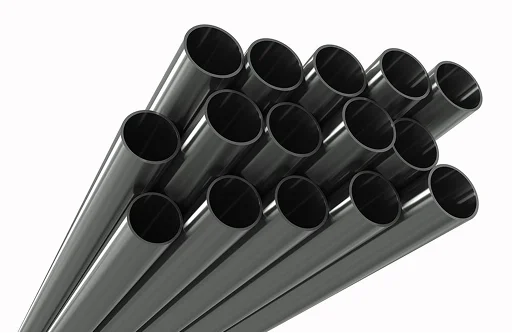
SAE J524 Seamless Hydraulic Tubing
The seamless version specified for hydraulic lines, sometimes chosen for very high pressures or extreme forming needs.
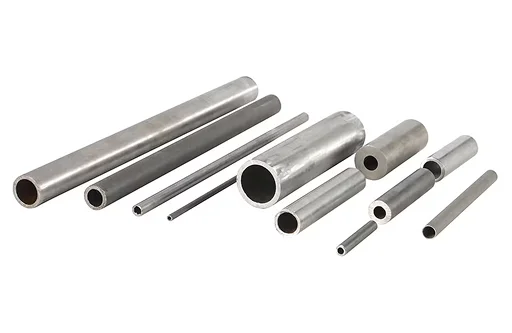
ASTM A519 Seamless Mechanical Tubing
A broad standard for seamless carbon/alloy tubes used in mechanical parts; typically lacks the specific annealing and formability testing of J525.
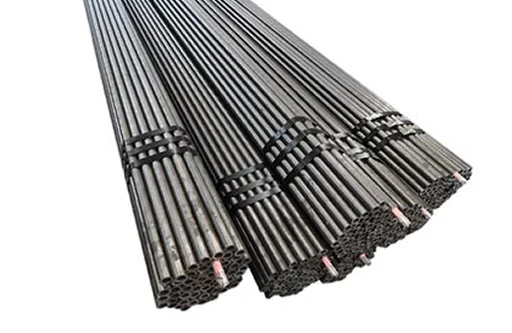
ASTM A179 Seamless Low-Carbon Tubes
Designed for heat exchangers/condensers; different focus than hydraulic line requirements.
Selecting the correct standard is vital. Our team can help clarify the best fit for your specific fluid power or mechanical application.
Fulfill Your SAE J525 Welded Hydraulic Tubing Needs
When your hydraulic systems require tubing offering superior formability, internal cleanliness, dimensional accuracy, and verified pressure integrity, choose SAE J525 Welded Hydraulic Tubing from USA Piping Solution. We provide reliable access to certified J525 Hydraulic Tubing from our deep US inventory, ensuring you get quality materials quickly. Trust a knowledgeable supplier for your critical fluid power component needs.
Contact USA Piping Solution today to discuss your SAE J525 Welded Hydraulic Tubing specifications and receive a competitive quotation tailored to your project.
Request Your SAE J525 Tubing Quote Today!